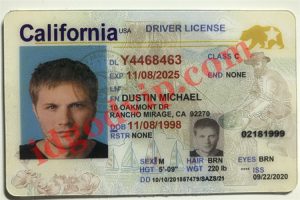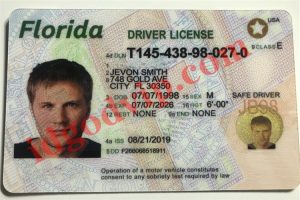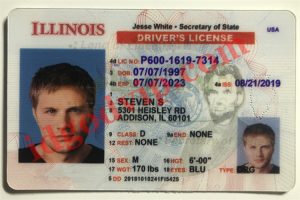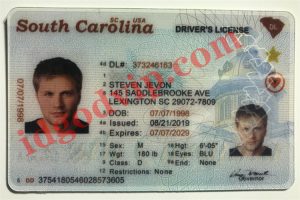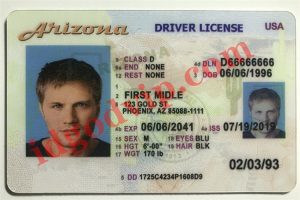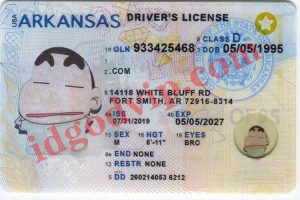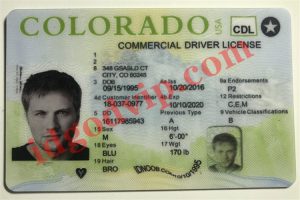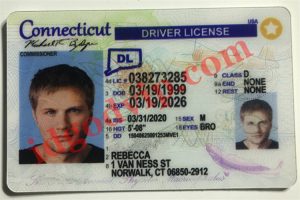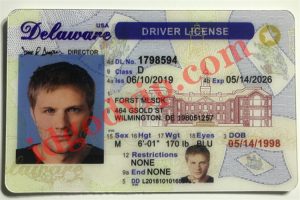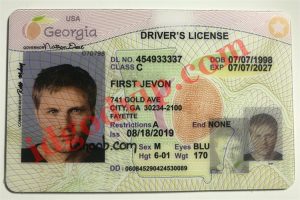3 Best Substances for Making Fake IDs in 2022
A Beginner’s Guide to ID Card Materials
In the past, people used simple paper to make ID cards. Today, things have changed. The ID cards we can find today use different materials that are tougher and more adaptable than paper.
Still, if we need to discuss common materials for making a fake id, there are only three widely used materials. They are polycarbonate, Teslin and PVC. In this article, you will study them.
The Most Popular Fake ID Substances in 2021
Before we discuss how best fake id websites utilize the material to make ID cards, first, you should understand what they are:
- Polycarbonate is probably the most down-to-earth thermoplastic material, often used for indestructible glass and indestructible defenders, which also makes it the most reliable material for ID cards.
2.Teslin is a kind of artificial paper with strong adaptability, simple printing, no tearing and waterproof. Due to its adaptability, it is suitable for different printing technologies. - PVC is an engineering plastic polymer with high adaptability and strength that can be used in manufacturers and many everyday items. PVC-based cards can be used for no less than eight years.
How are polycarbonate, Teslin and PVC used to make ID cards?
So how are these materials used? Here we take a look at each material used to make a fake id.
- Polycarbonate
Today, polycarbonate is used as the central material for North American driver’s licenses and identification cards. Institutions use 100% polycarbonate sheets in different layers, making card one of the most down-to-earth materials.
Each layer in best fake id and each layer made of polycarbonate fulfills another need. There are front and back for security and assurance printing. It also has a table where different gadgets can be identified by its optical sensor.
The ID card of the present invention also has a sheet for mounting a receiving line or chip for discovery. These blends make for great cards with maximum security. Since it has an infinite number of sheets, the printing system for polycarbonate cards requires a higher degree of expertise. Printing should have the option to display data, such as sensor and chip capabilities, without interfering with the card’s work.
Advantage
· Polycarbonate cards do not require adhesives or the like to combine all layers and sheets into one card.
· The material has tiny hairs that become tangled when heated and compressed.
The acquisition system, like its print interaction, requires unique capabilities. In any case, this fusion can make scannable fake ids last for no less than ten years.
·Same for simple window configuration, positive and negative engraving, different material recognition capabilities.
· Due to the flexibility of this material, you can change it to healthy highlights, including AAMVA Class 1 safety highlights.
insufficient
· Due to its construction, you need specific gears (counting laser modules) to make ID cards out of polycarbonate material.
The cost of making cards is higher than Teslin and PVC.
· When all layers are connected together, you cannot change or change their arrangement.
· Reports can have variable laser images (CLI) to prevent record falsification.
Also, polycarbonate cards do not require adhesives or anything like that to incorporate each layer and sheet into a single card. The material has tiny hairs that bond together when heated and compressed.
Therefore, the collection system, like its print cycle, requires unique capabilities. Nonetheless, this fusion can keep the best fake id in use for no less than ten years.
- Teslin
Teslin material is probably the best surface for you on which you can print various ID card data using different printing options. It is suitable for color based inkjet, offset and laser printing.
As a result, id card fakes made from Teslin are far superior to polycarbonate in terms of cost to create. The gadget is instantly accessible, which makes its cost even more favorable.
You can find many US driver’s licenses that actually use Teslin material. These cards use offset printing techniques to imprint subtle details on their surfaces.
When it comes to insurance, it takes an unexpected approach compared to polycarbonate cards. For Teslin fake ID cards, it is printed using guilloche, rainbow and microtext. Then, it actually needs an overlay to protect the printed surface. In the overlay, you can also trace decorative text or a holographic cover to add extra security to the card.
Advantage
· It is not difficult to reach. You can purchase a Teslin sheet or ID-1 (CR-80) layout card size.
·Teslin is a good decision for large-scale purchases. Counterfeit Teslin cards are also much cheaper. You can get its materials for 85 cents each.
weakness
·Teslin ID card is not difficult to imitate, fake Teslin id card fake can be seen everywhere.
The counterfeiter peels off the cover and prints new information, anyway, involving the removal of the cover of another counterfeit card.
• These substances are often used with overlays to protect their easily treatable surfaces.
Also, Teslin cards are not suitable for standardized label printing and optical sensor security highlights. Sadly, many id card fakes actually use this material.
Although there is currently a true ID regulation governing the creation of ID cards, many states are still using old assembly techniques. We believe that in this case, polycarbonate is the ideal opportunity for a better strategy and material to keep public IDs safe.
- PVC
One of the advantages of PVC is anti-counterfeiting. The imitation and diffusion of PVC is significantly more chaotic than Teslin. Low quality id card fake has no anti-counterfeiting. It also has a less defined line.
Fakes come in yellow, cyan, and magenta, and are easily identified by reviewers. Although PVC material for ID cards is readily available on the web, making an ideal ID card for this material is a hassle.
Although it prefers repeat-guaranteed enemies compared to Teslin, PVC is still not ideal for ID cards with better security. Materials are available in a timely manner. Again, it requires the eyes and experience of a master to identify id card fakes. If you don’t have them, you’ll usually think a fake card is a real card.
best decision
Given the above description, we can undoubtedly see that polycarbonate is the most ideal choice for ID cards. Although current ID cards have not been made using this material, public authorities are trying to switch to using it.
It has a longer life expectancy, complies with the Real ID Act, and should be reinstated every 5-10 years. Therefore, the longer life expectancy of a polycarbonate scannable fake id will ensure that the data printed on it will not be blurred. Also, it protects the character of the cardholder.
